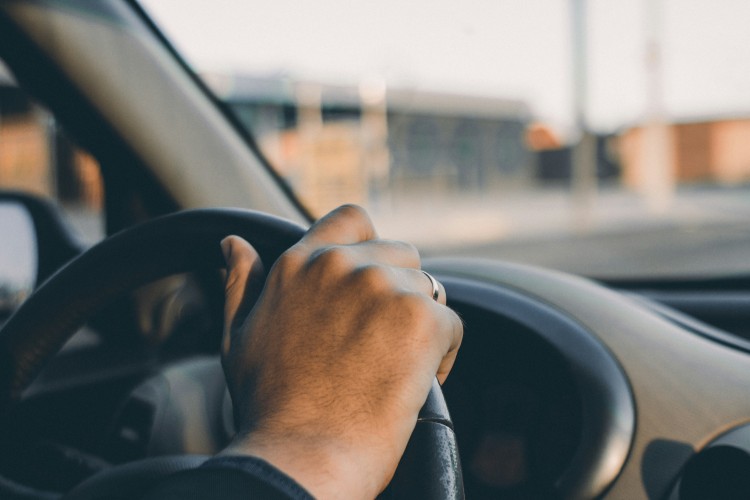
The tragic road incident in Pune on May 19, 2024 where underage drunk driving led to the loss of two lives, has sparked outrage and raised fundamental questions about our approach to road safety. The public outcry forced a re-evaluation, eventually resulting in charges of drunk driving being added to the initial offenses.
This incident also triggered a nationwide debate on how juveniles should be treated under the law, especially in cases of severe offenses. Although there are regulations governing acceptable Blood Alcohol Content (BAC) levels for Indian drivers, this incident highlighted the need for stricter regulations for young drivers with even lower BAC levels, as recommended by global best practices. India’s uniform BAC level fails to account for the heightened risks associated with young, inexperienced drivers, highlighting a critical gap in road safety regulations.
READ | Modi 3.0: India’s strategic manoeuvring on the world stage
Missing data on drunken driving
According to the ministry of road transport and highways (MoRTH), India recorded 461,312 road accidents in 2022. About 70% of these accidents involved road users aged 18-45 years. Drunk driving caused 10,080 accidents, resulting in 4,201 deaths and 8,809 injuries in 2022, as per the MoRTH report. These statistics highlight the urgent need for stringent measures to address this preventable cause of fatalities.
Robust data is the first step in addressing complex issues that intersect social, economic, and other factors. The age group of 18 to 25 accounted for the third-highest number of road fatalities at 19.8% (33,350) in 2022. However, there is insufficient data on fatalities due to drunk driving within this age category.
Researchers also have to deal with confusing data; for example, in Delhi in 2022, 2,225 drunk driving cases were booked, while 196 accidents were recorded due to drunk driving. It is unclear if these 196 accidents were included in the drunk driving cases recorded by traffic police. These data gaps must be addressed. Without accurate baseline data, any efforts at introducing, implementing, and later monitoring stringent measures will be thwarted.
Youth and alcohol: A fatal combination
Young people are more prone to road accidents, as demonstrated by road safety statistics. The reasons are mixed: inexperience, studies show that young drivers are more likely than adults to make critical decision errors that could result in fatal crashes; more prone to risky behaviors such as speeding, and more prone to being distracted. The risk of dying in a road crash increases when traveling with other young passengers in the vehicle versus solo driving, and it increases further with every additional young passenger.
As drinking is a social activity, it is likely that young people driving under the influence have other young drunk passengers in their vehicle, significantly multiplying their risks. Physiological limitations explain much of this. The human brain is not completely developed until approximately 25 years old. This ongoing brain development, together with differences in metabolism and other anatomical differences, means that the same amount of alcohol can be more dangerous for a teen than for an adult, resulting in a higher BAC in young people compared to adults. Therefore, while driving under the influence of alcohol is lethal to all, for young people, the risks are much higher.
The overlap between the legal driving age limit in India (18 years) and the start of the legal drinking age in India (18-25 years) means that young, inexperienced drivers, whose brains and bodies are not yet accustomed to the effects of alcohol, are our co-road users, posing a risk to themselves and others.
The latest Global Status Report on alcohol and health and treatment of substance use disorders, 2024 by the World Health Organisation (WHO) revealed that 6.3% of Indian teenagers (15-19 years) are heavy episodic drinkers. It also highlighted the absence of health warning labels on alcohol containers and advertisements with respect to drunk driving, underage drinking, and more – all contributing to the complex picture we now face.
Current laws and their shortcomings
According to Section 185 of the Motor Vehicles Act 2019, driving or attempting to drive any motor vehicle with a BAC of 0.03% or higher is a criminal offense in India. Penalties include fines, license suspension, and imprisonment, escalating with subsequent offenses and severity of harm caused. The law, however, does not differentiate between permissible BAC levels for young and older drivers, setting a flat threshold of 0.03%. Considering what we know about young people’s brains and how they handle alcohol, this is a poor start.
Given the specific needs of this subgroup of motorists, specific intervention is warranted. Lowering permissible blood alcohol limits further or adopting a zero-tolerance policy for young drivers aligns with global best practices.
For example, Australia has a legal BAC limit of 0.05% for experienced drivers, while authorities take a zero-tolerance approach to alcohol for novice (learner and provisional) drivers. Australia’s Graduated Driver Licensing System for obtaining a full license includes various restrictions that ease over time with experience. Their zero-tolerance policy deters young drivers (who form the bulk of novice drivers) from drunk driving as it affects their ability to get a full license.
The World Health Organisation suggests a BAC of 0.02% or lower for novice drivers. Several countries such as New Zealand, Italy, Australia, Austria, Belgium, Costa Rica, Germany, Switzerland, Slovenia, and Serbia have either a “zero tolerance” policy or a lower BAC limit for young novice drivers.
In India, the legal limit for adult drivers is set at a BAC of 0.03%, already lower than BAC levels in several other parts of the world (0.08% in the UK and US), though our accident rates continue to be much higher. This raises the question of adequate enforcement among drivers of all ages.
Considering what we know about the young brain, a separate rule for new young drivers would align with best international practices. Ideally, this should be zero tolerance for alcohol in young drivers. In India, it can be set for drivers between the ages of 18 and 25, since they fall into both categories of young and inexperienced drivers, coinciding with the start of the legal drinking age across states. Lower or zero BAC levels for young drivers can be effective only if enforced thoroughly.
Encouraging responsible driving habits stems from a combination of education, parental influence, policy, and enforcement. It is crucial that all stakeholders come together to discuss this important issue, ensuring the safety of our young people and others on the road.
(The authors work on road safety at Citizen Consumer and Civic Action Group (CAG), Chennai.)
George Cheriyan is Director of Centre for Environment and Sustainable Development India, a national NGO in Special Consultative Status with UN-ECOSOC, and accredited with UNEP & UN ESCAP. CESDI is also a member of South Asia Network on SDGs.

